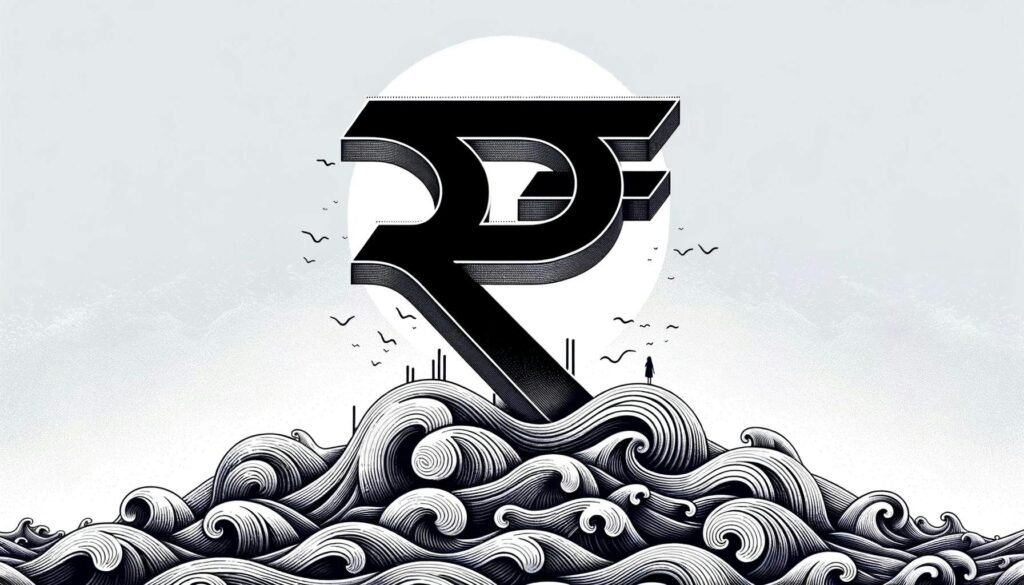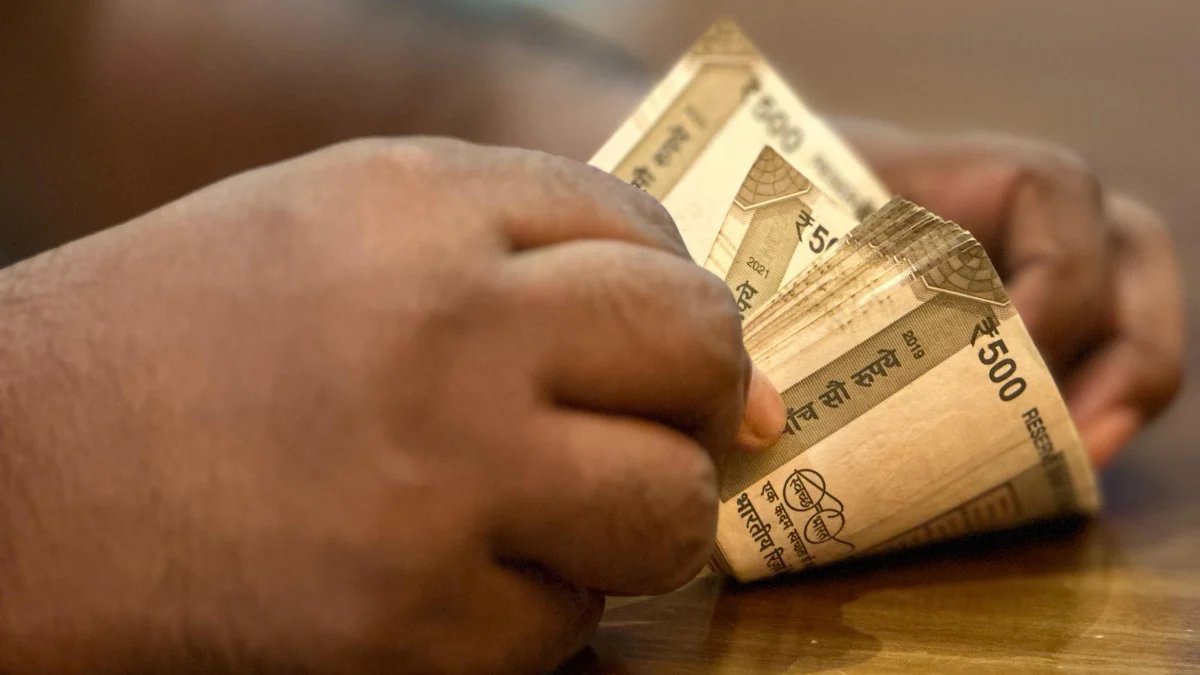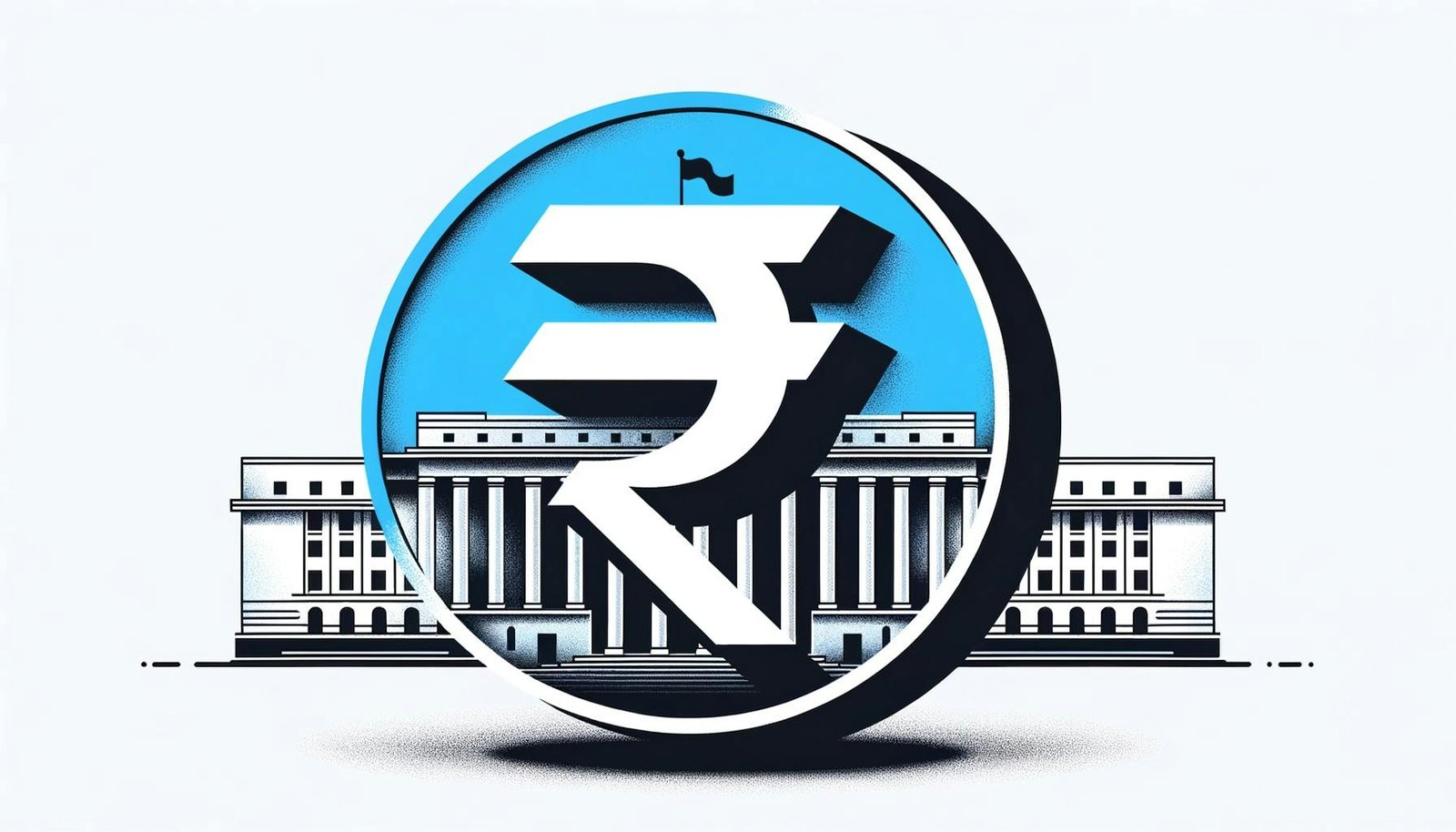What’s going on here?
The Indian rupee is hovering just shy of its all-time low against the US dollar, with the Reserve Bank of India (RBI) working hard to keep it afloat amid economic uncertainties.
What does this mean?
The rupee has been close to record lows, remaining stable within a tight 10-paisa band, thanks to the Reserve Bank of India’s strategic interventions. The currency faces pressure from volatile oil prices and foreign investors pulling out funds, compounded by rising US yields alongside a robust dollar index at 103.7. US economic signals, like stronger retail sales and fewer jobless claims, suggest a solid consumption and labor market, reducing the likelihood of further Federal Reserve rate cuts. Meanwhile, Brent crude has nudged up 0.5% to $74.8 per barrel. On October 16, foreign investors sold a net $305 million in Indian stocks and $8.3 million in bonds, reflecting cautious market sentiment.
Why should I care?
For markets: Steady nerves amidst volatility.
Despite the rupee flirtation with its weakest levels, RBI’s interventions provide a cushion. Yet, foreign investors’ recent sell-off highlights concerns over the rupee’s vulnerability amid global economic shifts. Keep an eye on how ongoing changes in oil markets and US monetary policy impact the currency outlook and investment flows.
The bigger picture: India’s balancing act.
The RBI’s deft handling of the rupee showcases the challenges facing emerging markets in this volatile global economic environment. Tighter US monetary policy, combined with global oil market movements, could shape the future economic landscape, pushing India to tread carefully in maintaining macroeconomic stability.







